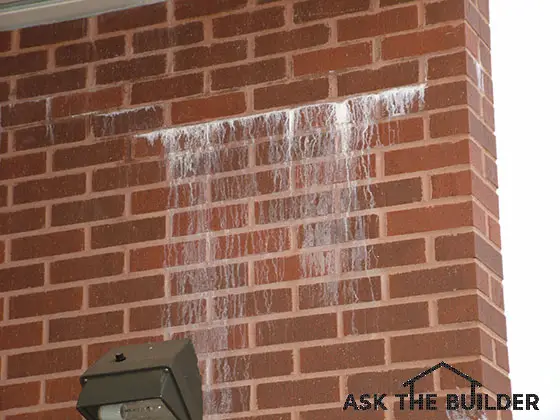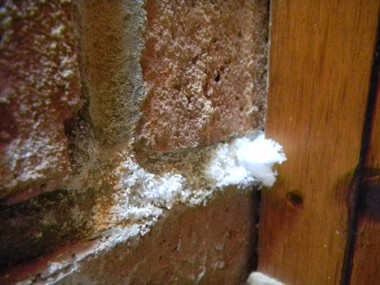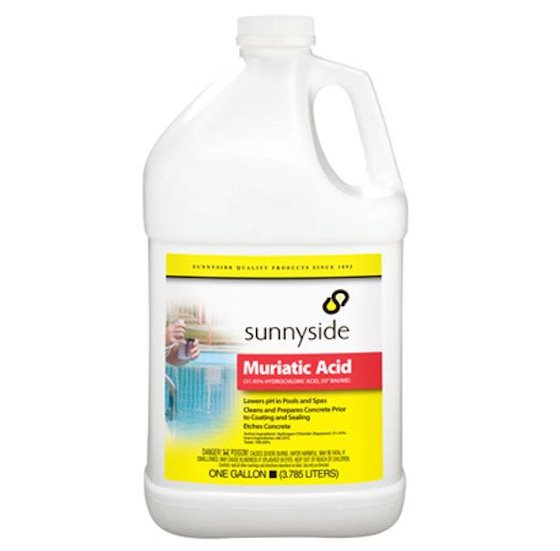Efflorescence Causes

Here is classic efflorescence. It may take years for this to disappear.
DEAR TIM: Six months ago a masonry contractor constructed a brick retaining wall in my garden. Two months after he finished, white deposits began to appear in many locations on the face of the brick. The contractor has tried to wash them off with acid but the stains continue to reappear. I think the brick is defective. What if anything can be done? A. M.
DEAR A. M.: You appear to be a victim of efflorescence. Efflorescence is a common problem which can occur with masonry walls. It is a deposit of a soluble salt which was either present in the bricks, mortar, or the backfill material behind the wall. I don't feel that your bricks are defective.
Efflorescence is, for the most part, a visual problem. Very rarely does it cause structural problems. It is not a simple problem to correct. Often, the efflorescence diminishes with time.
The condition can occur on concrete as well as brick or masonry surfaces. Several conditions must occur for efflorescence to appear. The soluble salts must be present in the bricks, mortar, or transported by water into the masonry from another source.
You need sufficient water to carry the salts, in solution, to the surface of the masonry. Finally, evaporation must take place. This evaporation cause the salts to come out of solution and be left behind as the salt deposits which you see.
The soluble salts which cause the problem can come from many chemical elements or minerals. Many of these elements can be found in the materials from which bricks are made. Also, the sand which is used in the mortar can have significant quantities of soluble salts.
For this reason, it is always best to use washed sand from a high quality sand and gravel pit. The soluble salts can also be present in the soil behind your wall or the water which was used to mix the mortar.
Efflorescence will in many cases stop on its own. The efflorescence can cease if supply of soluble salt material in the bricks or mortar becomes exhausted.
It can also stop if the source of water which dissolves the soluble salts is cut off. The process can also stop if the water in which the salts are dissolved is prevented from getting to the surface of the masonry.
In your particular case, the location of your wall will make it difficult to quickly stop the process. Because your wall is located in a garden, the supply of water which dissolves the salts and carries them to the surface of the wall will probably be sufficient for a long period of time.
If the back or top of the wall was not treated with a compound which will prevent water penetration, you will have to wait for the supply of salt material to diminish. I have seen cases where it takes several years for the salt deposits to totally disappear.

Efflorescence growing in the mortar of a brick fireplace. Photo Credit: Michael Hannum
Depending upon the soluble salt or salts which are causing the problem, you have several options as to removing the deposits. You can sometimes remove the dried deposits with a stiff brush. Sometimes water will wash the salts from the wall.

Muriatic acid is powerful and needs to be treated with lots of respect. CLICK THE IMAGE TO ORDER SOME NOW.
However, this process can sometimes dissolve the salts and cause them to soak back into the wall. You may have to use a very weak solution of muriatic acid. Only attempt this method if you know for a fact that the acid will work effectively on the type of salt present.
Acid solutions can cause severe burns to skin and eyes. If you attempt to try this yourself, be certain to wear complete protective gear. Follow the directions on the acid container explicitly.
Acid washes improperly applied can damage the masonry surface as well. They should only be performed by experienced applicators.
Over the years, I've seen many different spellings of efflorescence. Here's my growing list: effervesce, effervescence, effervescent, effleresants, effloreflance, efflorescence, efflorressance, effluorescence, eflorescence, eflorescents, ellforesce and ifflorescence.
Column 033